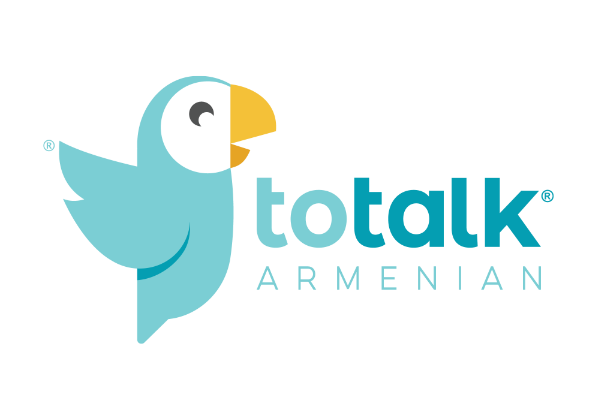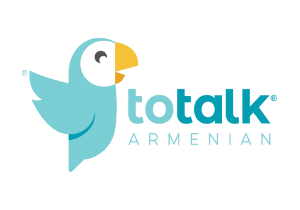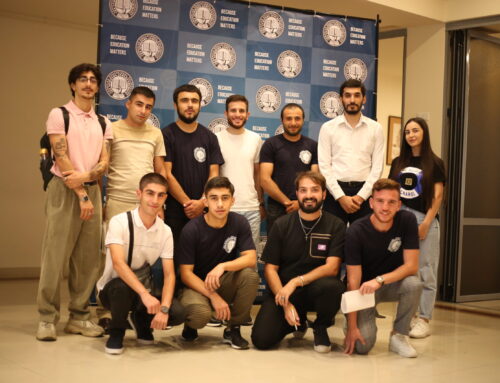A Brief Story
The Armenian language was originally known as Classical Armenian- Գրաբար[Grabar]. However, over time the language has been evolved into Modern Armenian. Modern Armenian has two versions: Eastern Armenian and Western Armenian. The division of Armenian into two parts is conditioned by a number of linguistic and non-linguistic factors. 1) The division of Armenia between Persia and Byzantium. 2) Due to that, the influences of dominant languages and cultures on the Armenian language. In particular, the influence of Persian prevails in Eastern Armenian, and in Western Armenian the influence of Turkish (later French and Arabic).
Therefore, if you’re of Armenian descent, you likely have either Eastern Armenian or Western Armenian roots. Accordingly, you’re speaking with one of those dialects.
Language and Geography
Western Armenian is normally spoken by the Armenian diaspora of Lebanon, Syria, Iraq, Egypt, Ethiopia, Turkey, Australia, Europe, North America, and South America.
Eastern Armenian is normally spoken by the Armenian diaspora of Georgia and Iran. Eastern Armenian is also spoken in Armenia and Artsakh.
Alphabet and Phonology
The Armenian alphabet consists of 38 letters of which 7 are vowels and 31 are consonants. However, Eastern Armenian has 39 letters (1 additional letter—և) and the Western Armenian dialect has 38 letters. Both use the same letters of the Armenian alphabet. However, the pronunciations of these letters are different in each dialect. The phonology of Eastern Armenian is closer to Classical Armenian, whereas Western Armenian doesn’t use 7 of the 31 consonants used in Classical Armenian.
Though each dialect differs from one another, both have evolved from Classical Armenian and share a common foundation. Regardless of our Armenian roots our foundation is the same.




